Tooth Extraction Aftercare Tips: Speeding Up Healing and Avoiding Complications
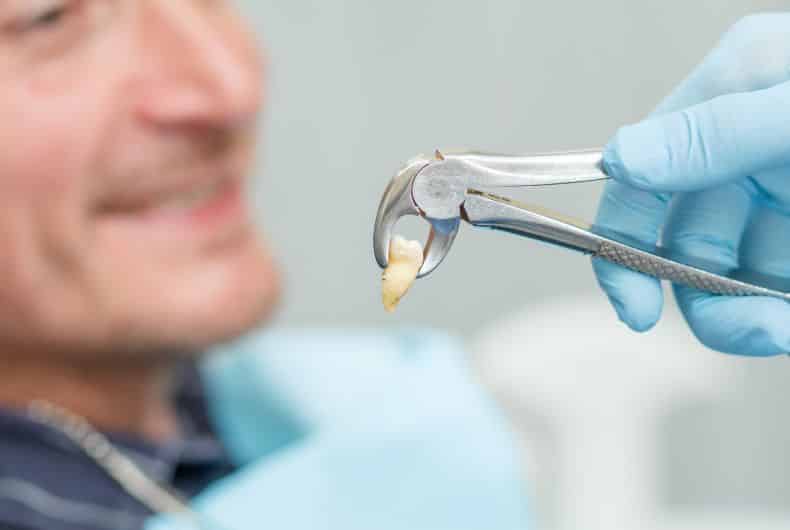
Tooth Extraction Aftercare Tips: Speeding Up Healing and Avoiding Complications
Proper aftercare following a tooth extraction is crucial for ensuring a smooth recovery and preventing complications like infection or dry socket. In this guide, we’ll cover the best practices for taking care of the extraction site and minimizing discomfort.
This guide is part of our comprehensive series on tooth extraction. For more information on common complications, check out our Normal Socket vs Dry Socket after Tooth Extraction article.
Immediate Post-Extraction Care
The first 24-48 hours following a tooth extraction are the most critical for proper healing. During this time, your body will begin to form a blood clot, which is essential for protecting the underlying bone and nerves.
1. Bite Down on the Gauze
After the extraction, your dentist will place gauze over the site. Biting down gently on the gauze for about 30-45 minutes helps stop the bleeding and encourages clot formation. Change the gauze as instructed or if it becomes soaked with blood.
2. Avoid Rinsing or Spitting
For the first 24 hours, avoid rinsing your mouth or spitting, as this could dislodge the blood clot. After this period, you can gently rinse your mouth with a saline solution (1/2 teaspoon of salt in a glass of warm water) to keep the area clean.
3. Use Cold Compresses
To minimize swelling, apply a cold compress to the outside of your cheek near the extraction site for 10-minute intervals. This is particularly important in the first 24 hours and will help reduce inflammation.
4. Rest and Elevate Your Head
Rest is key for healing. Avoid strenuous activities for at least 48 hours, as increased blood pressure can interfere with clot formation. Keep your head elevated while sleeping to reduce bleeding and swelling.
Pain Management and Reducing Swelling
Some pain and swelling are normal after tooth extraction, but they can be managed with proper care.
1. Over-the-Counter Pain Relievers
Your dentist may recommend over-the-counter pain medications like ibuprofen or acetaminophen to manage discomfort. Avoid aspirin as it can thin the blood and increase bleeding.
2. Eat Soft Foods
Stick to a diet of soft foods for the first few days. Foods like yogurt, mashed potatoes, smoothies, and scrambled eggs are gentle on the extraction site. Avoid hard, crunchy, or spicy foods that could irritate the area.
3. Stay Hydrated (But Avoid Straws!)
Drink plenty of water to stay hydrated, but avoid using straws for at least a week. The suction created by a straw can dislodge the blood clot, increasing the risk of dry socket.
Long-Term Aftercare Tips
Once the initial healing period is over, proper long-term care is essential for continued recovery and avoiding complications.
1. Maintain Oral Hygiene
Resume brushing your teeth the day after your extraction, but be cautious around the extraction site. Use a soft-bristled toothbrush and avoid vigorous rinsing. Gently clean the area with saltwater rinses, especially after meals.
2. Avoid Smoking
Smoking is one of the leading causes of dry socket. If you’re a smoker, it’s best to abstain for at least 72 hours after the extraction, though waiting longer is even better.
3. Monitor for Signs of Infection
Watch for any signs of infection, such as increased swelling, pus, fever, or a foul odor coming from the extraction site. If you notice any of these symptoms, contact your dentist immediately.
When to Call Your Dentist
While some discomfort is normal, certain symptoms warrant a call to your dentist:
- Excessive bleeding: If bleeding continues for more than 24 hours, or the blood clot doesn’t seem to form.
- Severe pain: If the pain becomes more intense 2-3 days after extraction, it could be a sign of dry socket.
- Fever or chills: These are possible signs of infection and should be addressed promptly.
Conclusion
Following your dentist’s post-extraction care instructions is crucial for a smooth and uneventful recovery. By managing your pain, avoiding dislodging the blood clot, and keeping the area clean, you can prevent complications and speed up the healing process.
For a deeper understanding of tooth extraction healing and potential complications, check out our Normal Socket vs Dry Socket after Tooth Extraction guide.
References:
- Mayo Clinic. “Tooth Extraction Aftercare: What to Do and Avoid.” Mayo Clinic, 2023.
- American Association of Oral and Maxillofacial Surgeons. “Post-Operative Care Instructions.” AAOMS, 2022.



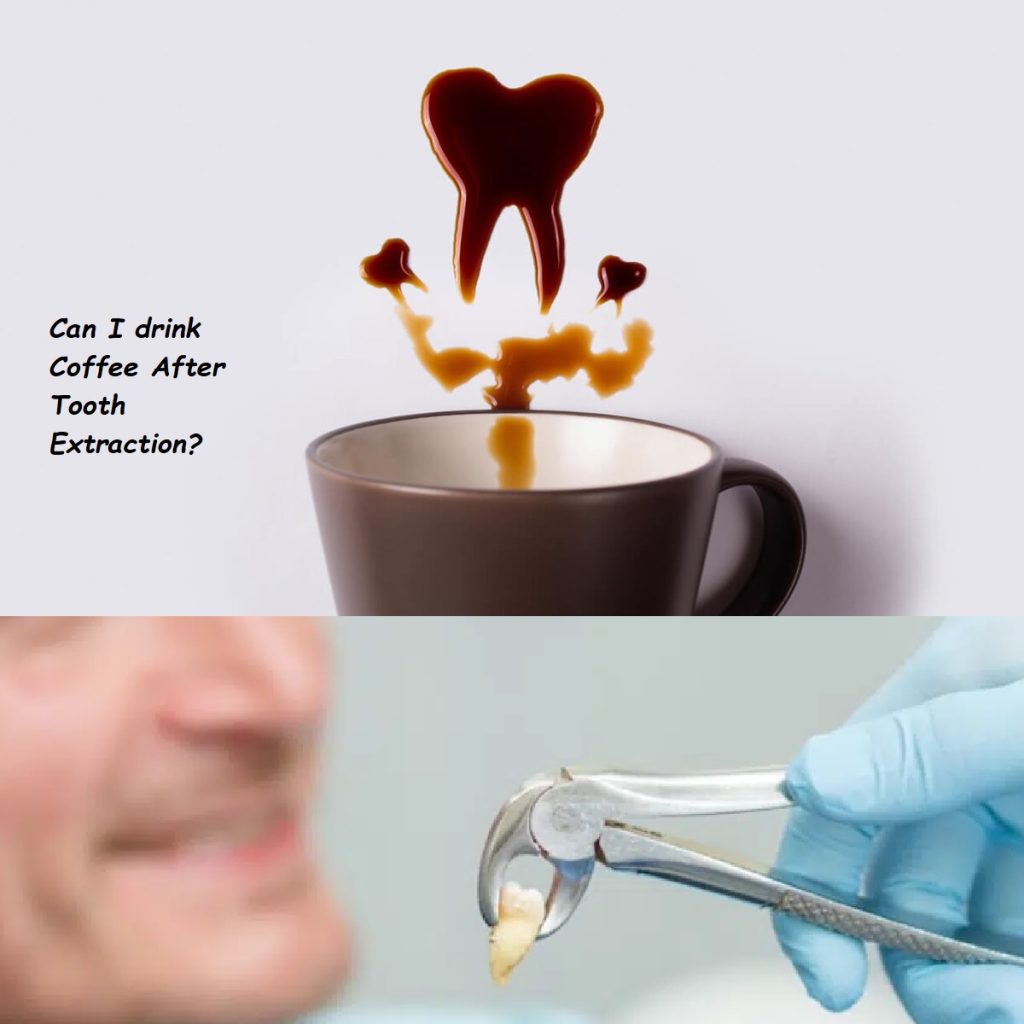
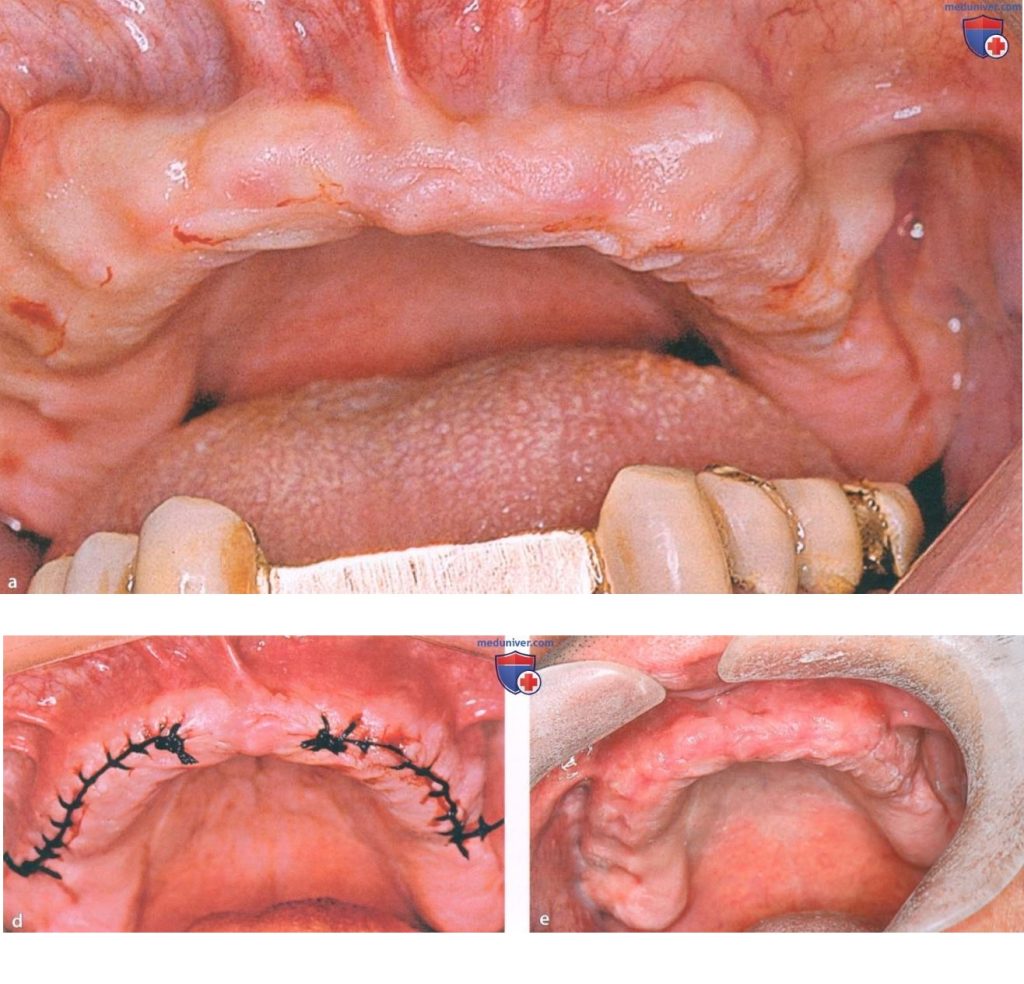
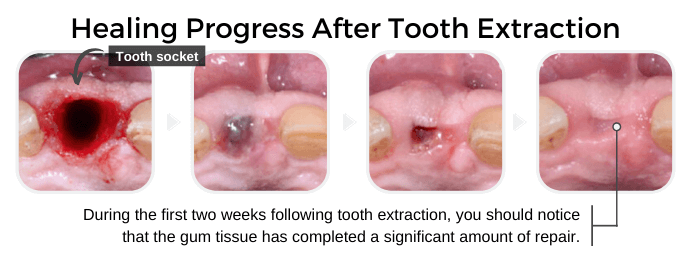
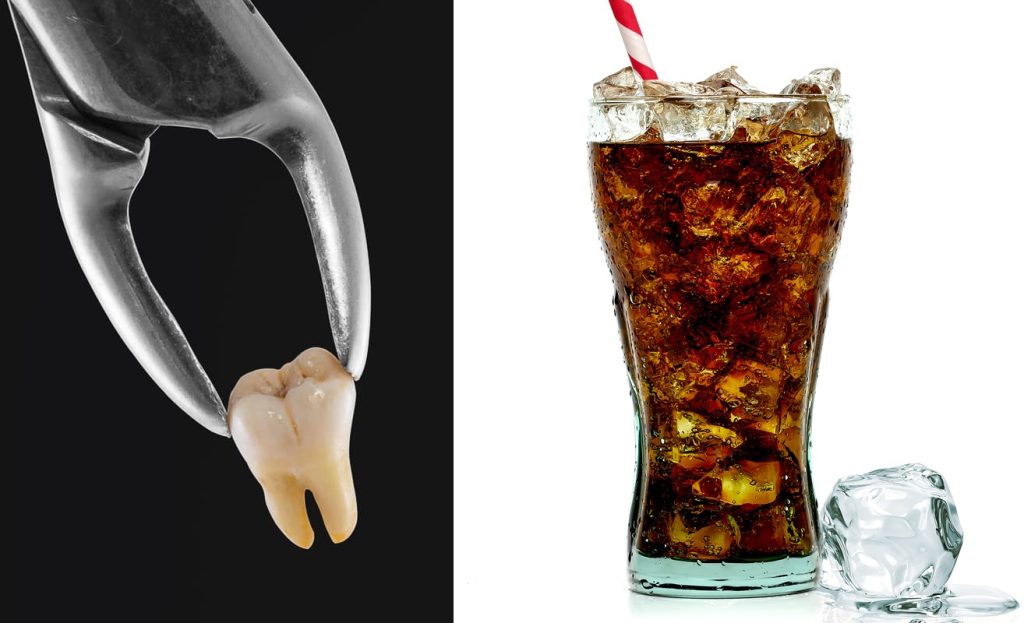

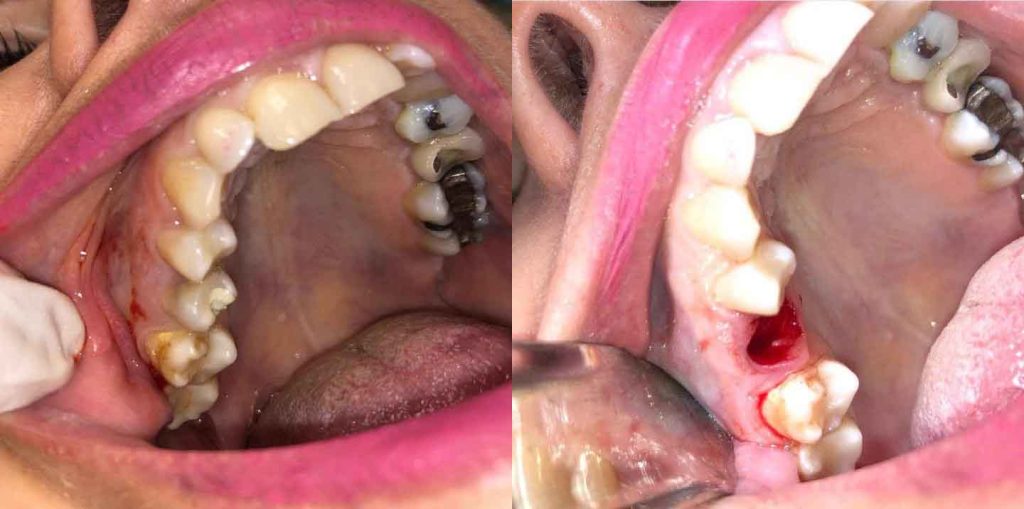

0 Comments on “Tooth Extraction Aftercare Tips: Speeding Up Healing and Avoiding Complications”